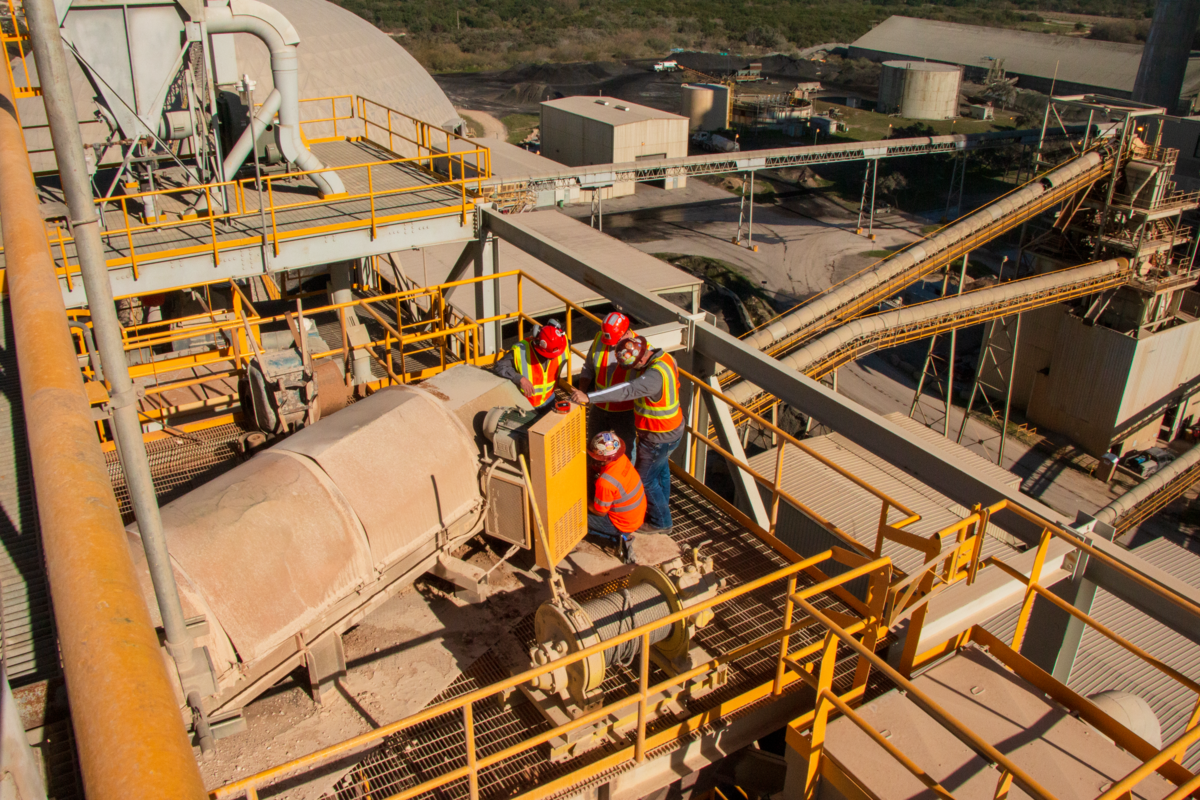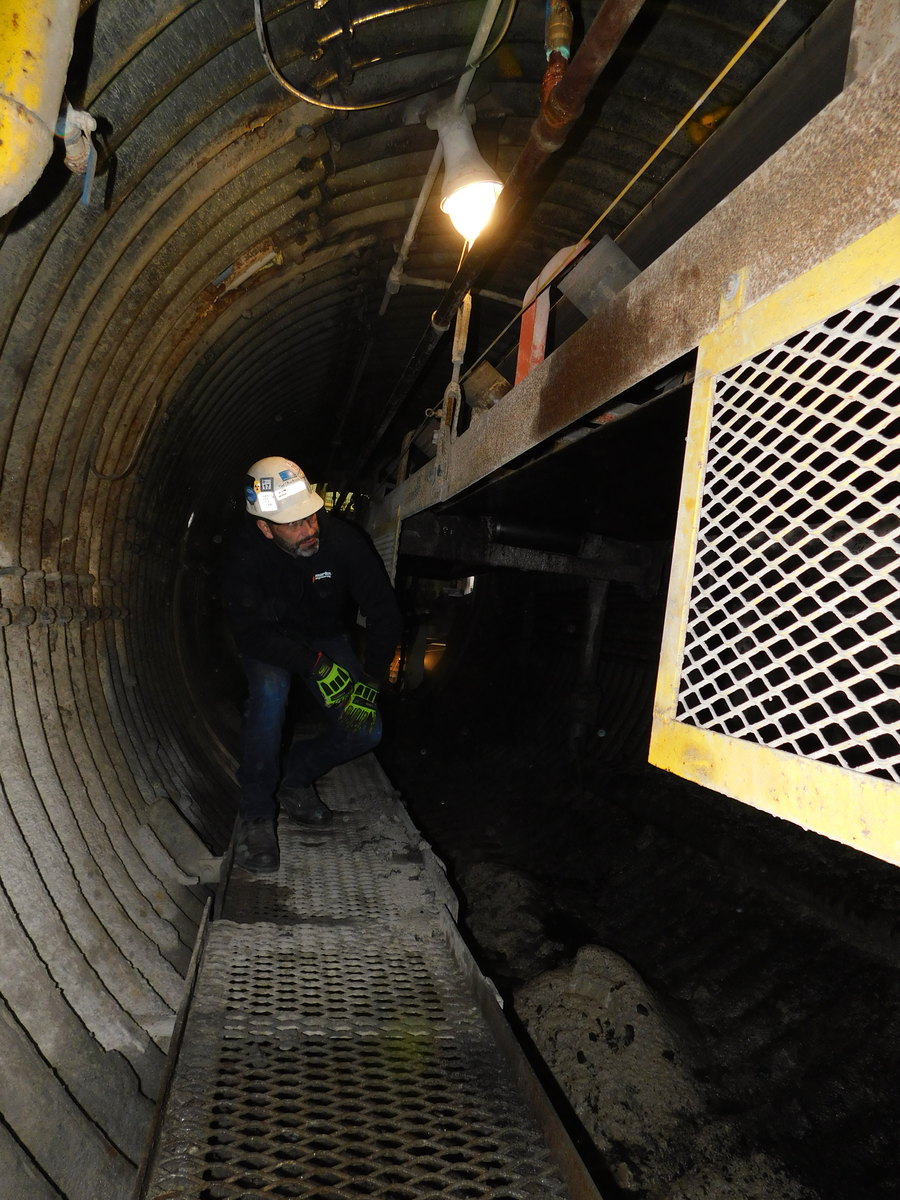By Tim P. O'Harran on Jul 13, 2020 6:45:00 PM
When conveyors don't operate efficiently...
they force unplanned stoppages and outages, release large quantities of fugitive materials, and require more maintenance. Emergency breakdowns, cleaning of excessive spillage, and reactive maintenance all contribute to an inefficient and unsafe workplace.
One report from the Mine Safety and Health Administration found that over a four-year period, more than 40% of injuries occurred while a worker was performing maintenance or checking a conveyor. Nearly as many more were hurt while the subject was cleaning or shoveling near a moving belt. In another study of more than 200 fatal mining accidents, data compiled by MSHA and the U.S. Department of Labor observed that 48 of those involved conveyors. The safety implications are clear.
Effective upkeep of large bulk handling conveyor systems is paramount to maintaining production and profitability, so maintenance repair and operations (MRO) professionals should have a comprehensive strategy with a foundation of workplace safety. To formulate such a strategy requires an understanding of the advantages and disadvantages of reactive maintenance (RM), preventive maintenance (PM), and predictive maintenance (PdM) with goals that include preventing unscheduled downtime, improving efficiency, and reducing the overall cost of operation to achieve a better return on investment (ROI).

Even today, many companies practice reactive maintenance on their conveyors, meaning they fix whatever breaks. Components are often left to run until they fail, and the resulting system downtime is unscheduled, disruptive, and expensive. Among the contributors to the costs of this approach are unplanned production stoppages, ancillary equipment damage (when a broken component damages something else), overtime, and emergency service fees.
The deficiencies of reactive maintenance have driven an evolution to a more preventive approach to minimize failures that force unplanned shutdowns for repairs, typically based on time in service or operating hours. The idea of PM has been around virtually since the invention of the wheel: performing regular maintenance on equipment to reduce the chances of failure. It’s the same approach that consumers use when they take their car in for scheduled oil changes to extend engine life. PM prolongs service life, increases productivity, improves overall efficiency, and reduces maintenance costs.
Predictive maintenance directly monitors equipment performance during normal operation to more accurately anticipate failure. Relying on sensors and supported by software, it collects information over time, aggregates the data, and uses an algorithm to produce a practical result that is made available to stakeholders. Unlike PM that is determined by an average or expected life statistic, PdM is based on the actual condition of the equipment. Specialized software is designed to predict failure before it actually happens by constant monitoring of components or systems. Sometimes called “condition-based maintenance,” when predictive analysis identifies a potential issue, the repair can be scheduled at a time that minimizes the impact on production.

The benefits include further optimized system performance and component life, reducing the need for visual inspection through a more automated, analytics-based system. When coupled with emerging “smart” component design that incorporates advanced sensors and controls, conveyor operators let the system “tell” them when maintenance is needed, rather than attempting a best-guess estimate on component performance and condition.



comments